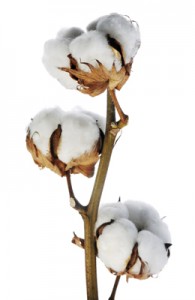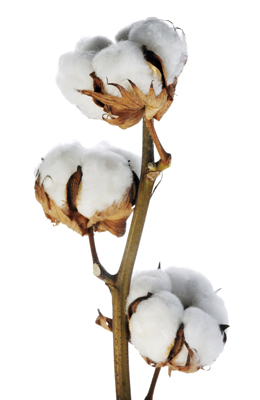 The cell wall organelle supports and protects the cell. Cell walls have small holes, called pores, in them. This lets water, nutrients, and other substances into the cell.
The cell wall organelle supports and protects the cell. Cell walls have small holes, called pores, in them. This lets water, nutrients, and other substances into the cell.
Here’s what you do:
First, take out your science journal. Write down how many cotton balls you think will fit into a full glass of water without spilling any water.
Please login or register to read the rest of this content.


We were able to fit 80 cotton balls in our glass. When we took them out no water was remaining in the class.
Based on how full the glass was, you can form an estimate how many cotton balls it would have taken to fill the entire thing. How many would you estimate?
I got 18 in because I ran out of cotton balls
First off, congratulations on the 27 cotton balls! Now on to your question. The fact that cotton balls are made from the cell wall does not, by itself, make it able to hold more water. What it does is help explain why cotton balls appear to be decent sized but are mostly just empty space. The cell wall is designed to maintain the structure of the cell. This is why cells with cell walls don’t shrivel up or explode, the way other cells do, if a large amount of water rushes in or out. Basically, a cell wall can keep a shape even if there is hardly anything there. And that’s exactly what happens in the cotton ball. A cell wall makes a structure out of little more than empty space, and you can fit 27 of them in a cup.
Dear Aurora,
I am working on Life Science, Unit 16, Lesson 2. I had fun doing the cotton ball experiment. I could fit 27 balls into my little glass of water before it overflowed! Now I am trying to understand why. What do you mean by
“because the strand is just the cell wall from the cotton plant”?
Can you explain this to me better or another way? I don’t get why that would mean it could hold more water.
From, Wesley